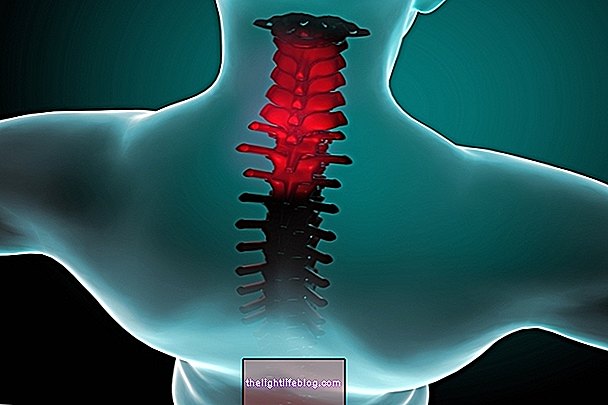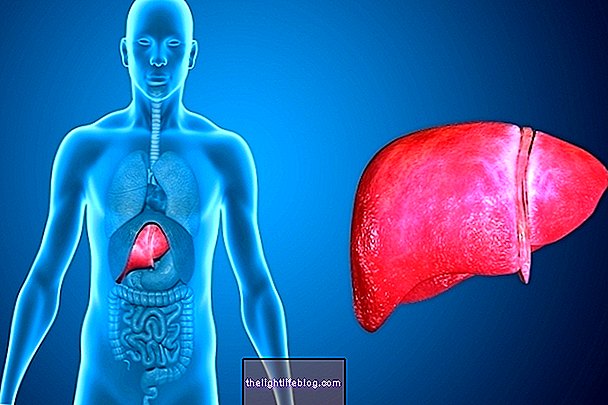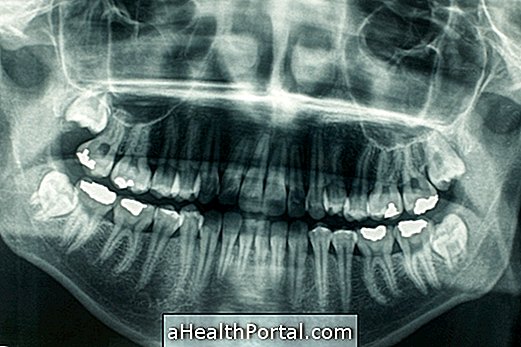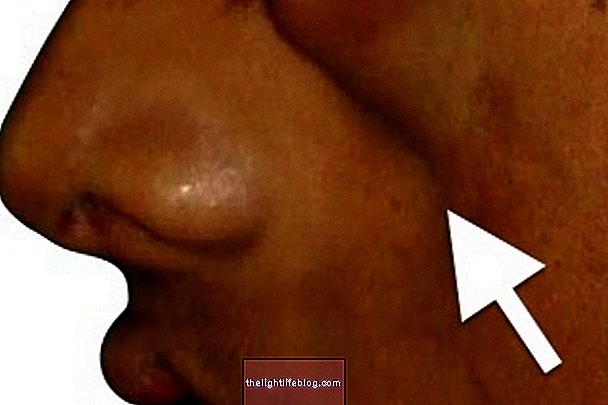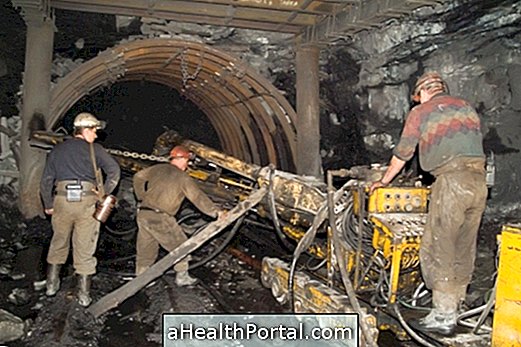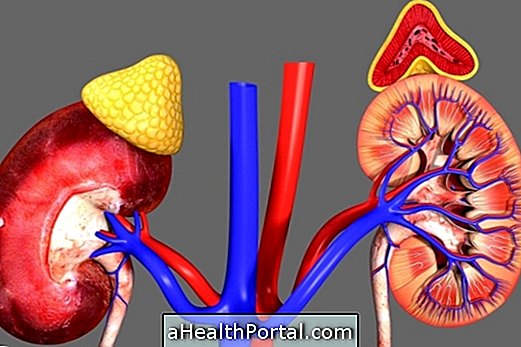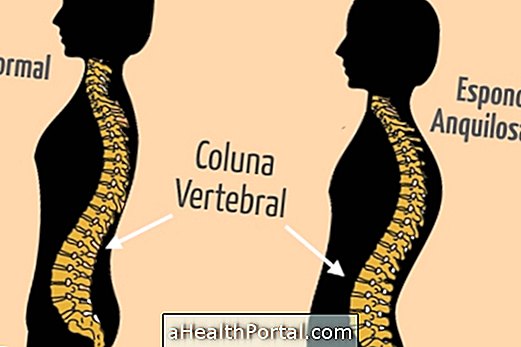The arachnoid cyst consists of a benign lesion formed by cerebrospinal fluid, which develops between the arachnoid membrane and the brain. In rarer cases it can also form in the spinal cord.
These cysts can be primary or congenital when they are formed during the development of the baby during pregnancy, or secondary, when they are formed throughout life due to trauma or infection, being less common.
The arachnoid cyst is usually neither serious nor dangerous, and should not be confused with cancer, and may even be asymptomatic. There are three types of arachnoid cysts:
- Type I: they are small and asymptomatic;
- Type II: they are medium and cause displacement of the temporal lobe;
- Type III: they are large and cause displacement of the temporal, frontal and parietal lobe.

What are the symptoms
Usually these cysts are asymptomatic and the person only finds out that he has the cyst when he undergoes a routine examination or the diagnosis of a disease.
However, there are cases where arachnoid cysts have some risks and cause symptoms that depend on where they develop, their size or if they compress any nerve or sensitive area of the brain or spinal cord:
Possible causes
Primary arachnoid cysts are caused by abnormal growth of the brain or spinal cord during the baby's development.
Secondary arachnoid cysts can be caused by various conditions, such as injuries or complications in the brain or spinal cord, infection such as meningitis or tumors.

How the treatment is done
If the arachnoid cyst does not cause symptoms, treatment is not necessary, however, it should be monitored periodically using a computed tomography or an MRI scan, to see if it increases in size or if there is any change in the morphology.
If the cyst causes symptoms, it should be evaluated to see if it is necessary to perform surgery, which is usually safe and produces good results. There are 3 types of surgeries:
- Permanent drainage system, which consists of placing a permanent device that drains fluid from the cyst to the abdomen, in order to reduce pressure in the brain, and this fluid is reabsorbed by the body;
- Fenestration, which consists of making a cut in the skull to access the cyst, and in which incisions are made in the cyst so that the liquid is drained and absorbed by the surrounding tissues, thus reducing the pressure it exerts on the brain. Although it is more invasive than the previous system, it is more effective and definitive.
- Endoscopic fenestration, which consists of an advanced technique that has the same benefits as fenestration, but is less invasive because it is not necessary to open the skull, being a quick procedure. In this procedure an endoscope is used, which is a type of tube with a camera at the tip, which drains the liquid from the cyst to the brain.
Thus, one should speak to the doctor, in order to understand which procedure is most appropriate for the type of cyst and the symptoms presented, in addition to factors such as age, location or size of the cyst, for example.
Was this information helpful?
Yes No
Your opinion is important! Write here how we can improve our text:
Any questions? Click here to be answered.
Email in which you want to receive a reply:
Check the confirmation email we sent you.
Your name:
Reason for visit:
--- Choose your reason --- DiseaseLive betterHelp another personGain knowledge
Are you a health professional?
NoMedicalPharmaceuticalsNurseNutritionistBiomedicalPhysiotherapistBeauticianOther



-o-que--sintomas-e-tratamento.jpg)
